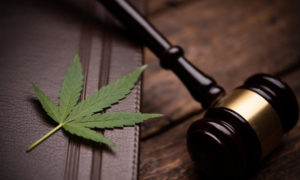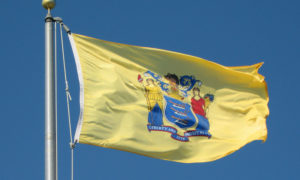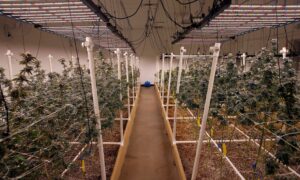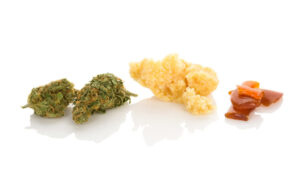As we approach the fifth anniversary of the first two states to legalize marijuana – Washington and Colorado – it’s instructive for other states to learn from their example.
In March 2017, Washington’s Office of Financial Management produced a PowerPoint presentation entitled, “Monitoring Impacts of Recreational Marijuana Legalization.”
From that presentation are charts that contradict the predictions of failure from opponents of Initiative 502, the ballot question in 2012 that legalized marijuana in Washington.
In Part I, I broke down the biggest fears offered about the effect of marijuana legalization on children’s use. In Part II, I showed you how legalization has affected children who do use marijuana. In Part III, I examined what effect marijuana legalization had on traffic safety. Finally, here in Part IV, I’ll show you how much marijuana tax revenue the state of Washington has earned.
Legalization Has Raised Up to $26 Million per Month in Taxes
Opponents of marijuana legalization said tax revenue from marijuana would be a mere drop in the bucket compared to state budget deficits. The costs of regulating marijuana and the costs to society from increased marijuana use would dwarf any incoming tax revenues.
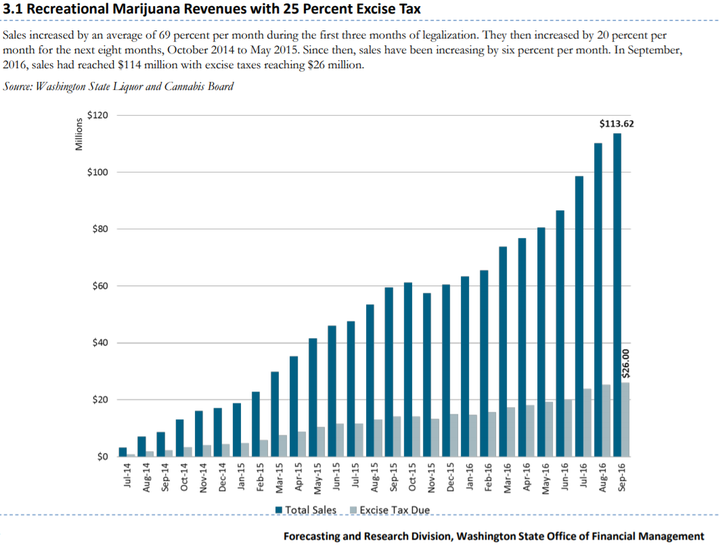
The data don’t support those predictions. As noted in my previous posts, marijuana legalization has not contributed to more marijuana use among youth, has not led to more problems for youth who do use marijuana, and has not contributed to more danger on the roadways.
Furthermore, the Office of Financial Management says there has been 4 percent personal income growth, earnings growth in every sector, and five straight years of employment growth from 2010-2015. Every economic indicator is heading in the right direction over the past five years.
Meanwhile, under the original 25 percent marijuana excise tax, revenues are exceeding $26 million per month on sales over $113 million per month as of September of 2016.
It would be difficult, if not impossible, to quantify $26 million per month in social costs from marijuana use since legalization.
Legalization Brings In Revenue from Out-of-State to Border Counties
With the legalization of marijuana in Washington, counties bordering Idaho, which still maintains marijuana prohibition, have seen a great influx of out-of-state visitors coming for legal marijuana.
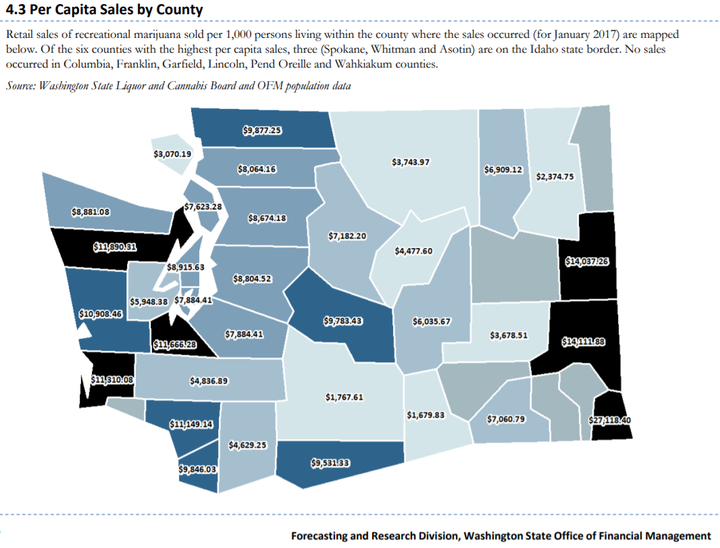
Opponents of marijuana legalization will point to these data as a negative from marijuana legalization – evidence that marijuana is being diverted from a legal state into an illegal one.
Protecting Idaho’s continued prohibition of marijuana is not Washington’s business. Even the Idaho State Senate agrees, having rejected a resolution in 2013 calling for the federal government to step in and rein in Washington’s legalization of marijuana.
Legalization does not invent the trafficking of marijuana from west coast states to interior states; that’s been going on long before 2012. What it does do is ensure a significant portion of marijuana sales to adults from Idaho are generating tax revenue that those cash-strapped, less-populated Eastern Washington counties need. Legalization deprives about $14,000- to $27,000-worth of marijuana sales per person from benefiting underground marijuana sellers in those border counties.
Legalization Creates the Lowest-Priced Marijuana in the United States
Some of the opponents of marijuana legalization in 2012 were people who consume marijuana that bought into scaremongering that marijuana legalization would drastically inflate the price of marijuana to $600 per ounce and above, bolstered by I-502’s lack of home cultivation rights and the theory that taxation, regulation, and a state monopoly on marijuana would incentivize artificially high prices.
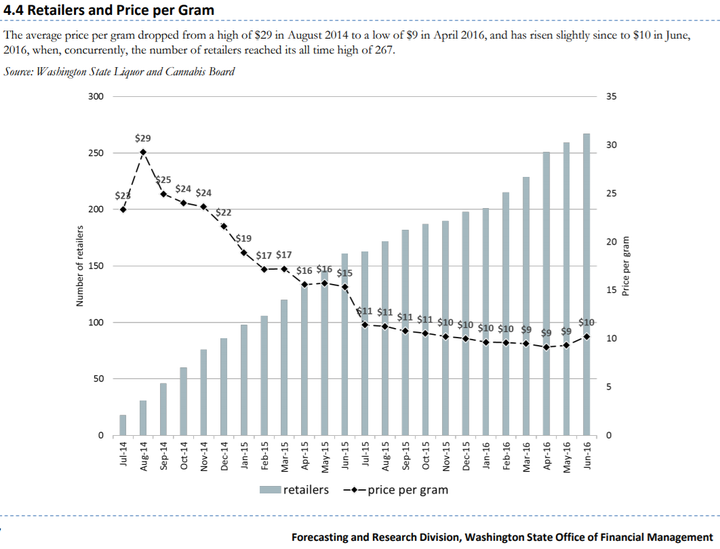
But it is hardly a “monopoly” when there are now over 250 independent marijuana retailers in the state of Washington, supplied by hundreds of independent growers and processors.
Unlike Colorado, Washington State did not have a government-regulated medical marijuana retail dispensary system, so their initial attempts at regulating the logistics of the marijuana production and supply chain did result in shortages of product and retailers that spiked the price of marijuana at $29 per gram – well over $600 per ounce.
However, within a year the state had gotten the prices down to $11 per gram. They’ve been fluctuating at between $9 and $10 per gram ever since. Marijuana consumers in Washington State enjoy some of the lowest prices for high-quality marijuana in the nation at prices that can drop between $99 to $149 per ounce for certain strains








